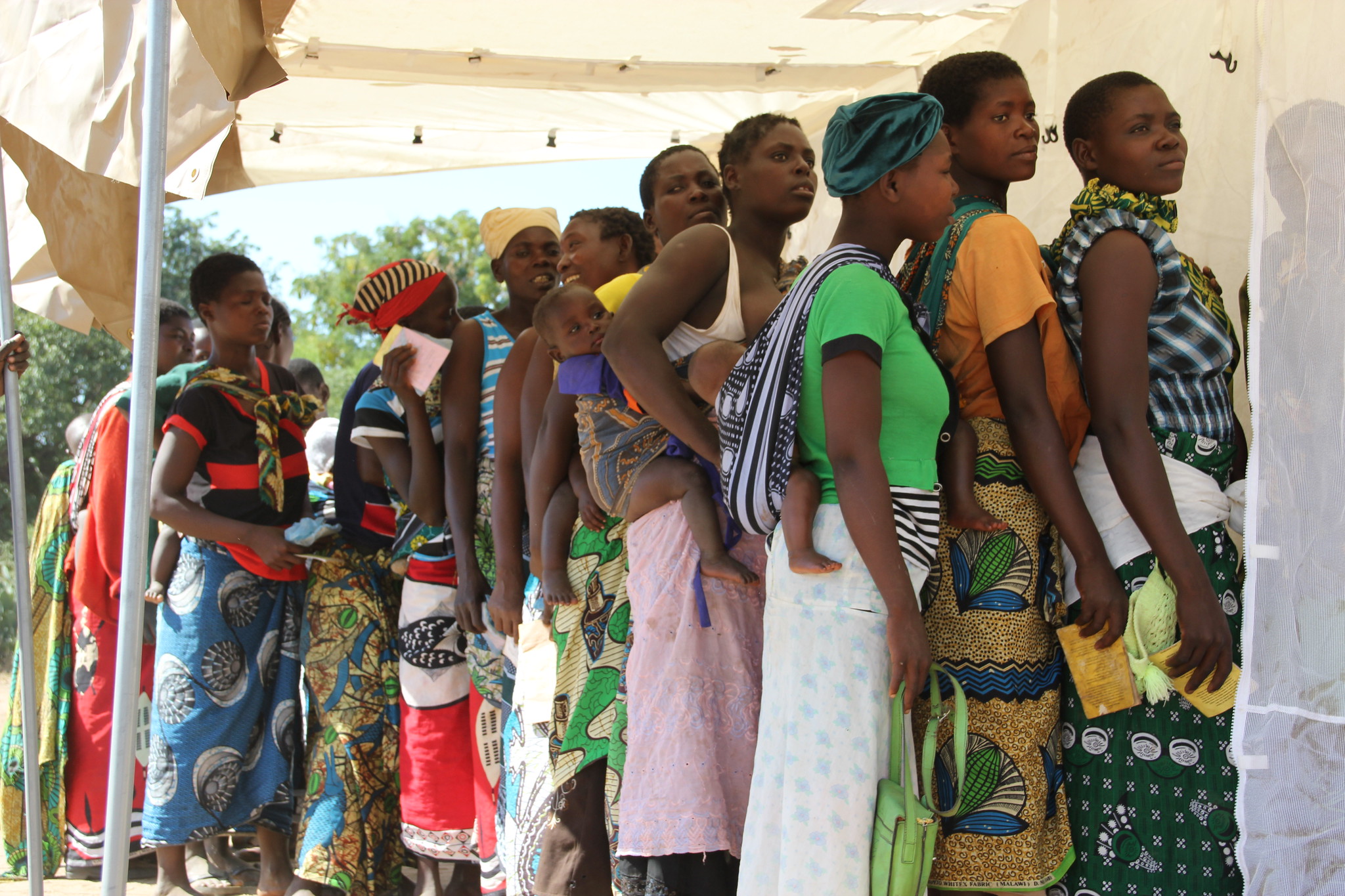Study Group on the safety of artemisinin-based therapies for treatment of malaria in the first trimester: IPD meta-analysis update
Study Group on the safety of artemisinin-based therapies for treatment of malaria in the first trimester: IPD meta-analysis update

The study group was formed in Q1 2021. Studies meeting essential inclusion criteria were identified from search using the PICOTS (patient, intervention, comparator, outcome, timing, and setting) framework (Dellicour et al, 2017)[1] and by contacting malaria in pregnancy researchers for any new or unpublished data. The invitation to share individual patient data have been sent to authors of identified studies. Data collation will close Q2 2021. The research has been published in The Lancet
The purpose of this collaborative individual patient data (IPD) pooled analysis is to determine the level of risk that can be excluded for artemisinin 1st trimester exposures and include new evidence gathered since the original meta-analysis presented to WHO’s Malaria Policy Advisory Committee in 2015 [1-2]. Since 2017, several studies collecting data on drug exposures including ACTs in the first trimester have been concluded and present an opportunity to revaluate the evidence available to date. A pooled IPD and meta-analysis will enable synthesis of the evidence using standardised definitions (exposure and endpoints) and analytical approaches across studies.
The results of the updated IPD analysis will be presented at a meeting organised by the World Health Organization (WHO) in 2021 to review the current evidence on the safety of artemisinin combination therapy (ACTs) for case-management of malaria in the first trimester of pregnancy.
The overall aim of the study group is to update the meta-analysis on the effect of 1st trimester artemisinin exposures on pregnancy loss (miscarriages and stillbirths) and major congenital anomalies. To achieve this goal, we will conduct meta-analyses using IPD (where available) and aggregated summary estimates from multiple studies. The specific objectives are:
- To compare the risk of miscarriage for women exposed to artemisinin in the 1st trimester to women exposed to quinine in the same period accounting for potential confounding factors and effect modifiers and the time of entry into the study.
- To compare the risk of stillbirth for women exposed to artemisinin in the 1st trimester to women exposed to quinine in the same period accounting for potential confounding factors and effect modifiers and the time of entry into the study.
- To compare the risk of congenital anomalies for women exposed to artemisinin in the 1st trimester to women exposed to quinine in the same period accounting for potential confounding factors and effect modifiers and the time of entry into the study.
- To carry out sensitivity analysis by repeating the analyses above and:
a. Comparing artemisinin exposed pregnancies to pregnancies unexposed to antimalarials.
b. Assessing artemisinin exposure in the suggested artemisinin embryo-sensitive period.
The meta-analysis will include prospective cohort studies meeting the following inclusion criteria:
(1) the study reported artemisinin derivative use in the first trimester of pregnancy,
(2) antimalarial treatment was confirmed through multiple data sources,
(3) women were enrolled before pregnancy outcome was known (i.e., prospective follow-up of pregnancy), and
(4) the study included internal comparison groups with either quinine treatment or no antimalarial treatment in the first trimester.
The following studies will not be included:
(5) case series, retrospective or case-control studies, or cross-sectional surveys;
(6) did not involve artemisinin treatment;
(7) reported only second and third trimester artemisinin exposures;
(8) did not report pregnancy outcomes.
The minimum data required from eligible studies include:
- Participant’s demographics (e.g. maternal age, gravidity)
- Gestational age at start of observation, at time of exposure (if any) and at end of follow up
- Antimalarial exposures (including name of antimalarial, date/gestational week at exposure, malaria confirmation)
- Delivery information or data on termination of pregnancy, especially in reference to the following outcomes: foetal and neonatal outcomes (i.e. miscarriage, stillbirth, major congenital anomalies)
After upload to the WWARN Data Repository, data sets will be standardised according to the WWARN Clinical Data Management and Statistical Analysis Plan and all primary data sets will be pooled into a single database of quality-assured individual patient data.
A detailed statistical analysis plan will be developed prior to commencing the analysis and will be shared with all investigators.
The Study Group comprises participating investigators who contribute relevant data sets to the pooled analysis. Data sets will remain the property of the data contributors. The Study Group collectively makes decisions with respect to the inclusion of additional studies, data analysis and plans for publication, in line with the WWARN Publication Policy [3]. Authors will be recognised according to the ICMJE guidelines and the WWARN publication policy.
Dr Stephanie Dellicour and Prof Feiko ter Kuile will co-lead this Study Group. Dr Makoto and Dr Stepniewska will be responsible for the statistical analyses. Dr Jenny Hill (jenny.hill@lstmed.ac.uk) is the Study Group Coordinator.
- Dellicour S, Sevene E, McGready R, Tinto H, Mosha D, Manyando C, Rulisa S, Desai M, Ouma P, Oneko M, et al: First-trimester artemisinin derivatives and quinine treatments and the risk of adverse pregnancy outcomes in Africa and Asia: A meta-analysis of observational studies. PLoS Med 2017, 14:e1002290.
- WHO. Malaria in pregnancy. WHO Evidence Review Group meeting report, WHO Headquarters, Geneva 13– 16 July 2015. Geneva, Switzerland: WHO Headquarters, 2015, 2015.
- WWARN Policy on Data Use and Publication. https://www.wwarn.org/tools-resources/publication-policy. Updated: 16th April 2019.



